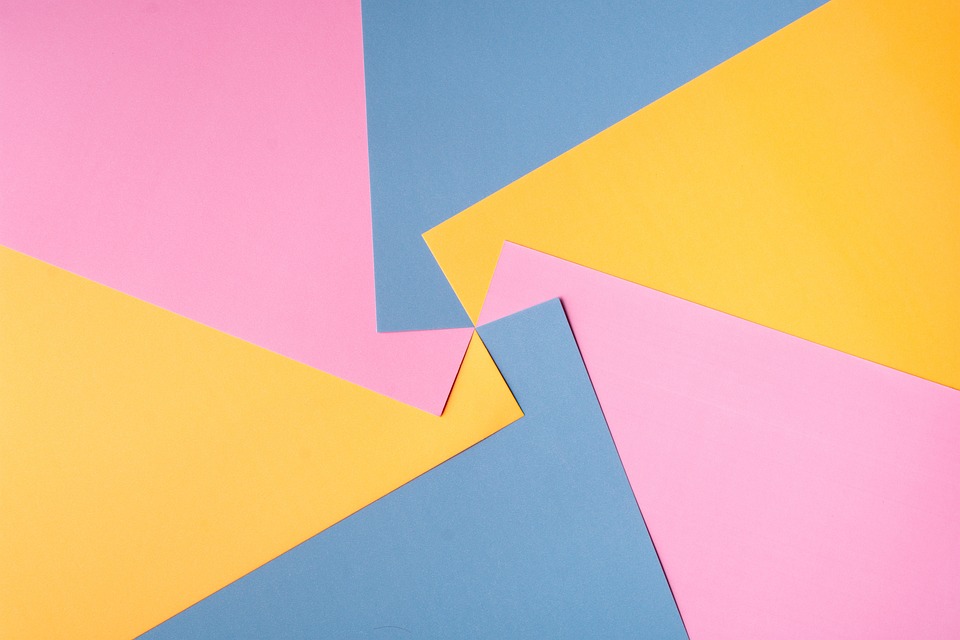The Art of Visual Graphic Design: Tips and Techniques
Visual graphic design is a combination of text, images, and other design elements to create eye-catching designs, whether that be on web pages, advertisements, or print materials. It involves using various design principles, color schemes, and typography, among other techniques, to create stunning visuals that communicate a message effectively. In this article, we’ll explore some of the most crucial tips and techniques for visual graphic design.
H1: Choosing the Right Color Scheme
One of the most crucial aspects of graphic design is color. Choosing the right color scheme can make a design stand out and convey a particular mood or emotion. Different colors have different meanings, so designers need to be mindful of the emotions they want to express. Here are a few tips for choosing the right color scheme for your next design project:
– Keep it Simple: If you’re unsure where to begin, start with a few primary colors and select a few accent colors that complement them.
– Use Color to Convey an Emotion: Color can evoke different emotions, so consider the emotions you want your design to convey when selecting colors.
– Pay Attention to Contrast: High contrast can make a design more dynamic, so always pay attention to how colors work together.
H2: Typography
Typography plays a vital role in creating effective visual design. It involves selecting the right font, spacing, and text layout to make the text legible and easy to read. Here are some tips for using typography in visual graphic design:
– Keep it Simple: Stick to a few fonts and font sizes to make the text easy to read.
– Use Contrast: Use a combination of bold and regular fonts to create contrast and make headlines stand out.
– Be Mindful of Spacing: Proper spacing between letters and lines creates an attractive design and makes it easier to read.
H3: Composition
Composition is how the different design elements are arranged to create a visual hierarchy that guides the viewer’s eye. Here are a few tips for creating an effective composition:
– Use the Rule of Thirds: Divide the design into three equal parts and place objects of interest on the intersection points.
– Use Negative Space: Leaving areas of white space draws attention to the design’s most critical elements and creates a clean, modern look.
– Consider Balance: Balance gives a design a sense of stability and can make the design more visually appealing.
H4: Keeping it Consistent
To create an effective design, everything should work together cohesively. Consistency is key in visual graphic design. Here are some tips for maintaining consistency:
– Use a Style Guide: Create a style guide early on in the design process to ensure consistency is maintained throughout the project.
– Be Consistent With Brand Guidelines: If you’re designing for a brand, make sure to follow brand guidelines for typography, color, and logo usage.
– Keep it Simple: Simplicity in design ensures that the focus remains on the content and message you’re trying to convey.
Conclusion:
Visual graphic design involves creating a beautiful and meaningful composition that effectively conveys the intended message. An excellent design depends on the mastery of various techniques, from color theory to typography to composition. By following these tips and techniques, you can create stunning designs that communicate your message effectively.
FAQs:
1. How can I choose the right font for my design?
Answer: When selecting a font for a design, consider the type of content, the mood you want to convey, and the audience you’re designing for.
2. What is the importance of negative space in design?
Answer: Negative space helps to create a sense of balance and directs the viewer’s attention to the design’s most critical elements.
3. Can I use multiple color schemes in a single design?
Answer: Yes, you can use multiple colors in a single design, but be mindful of how they work together and how they support the overall message.
4. What is the difference between serif and sans-serif fonts?
Answer: Serif fonts have small lines at the end of each letter, while sans-serif fonts do not. Serif fonts are generally considered more traditional and formal, while sans-serif fonts are often used for more contemporary designs.
5. How do I maintain consistency across different design elements?
Answer: Creating a style guide at the beginning of the design process can help maintain consistency across different design elements.



